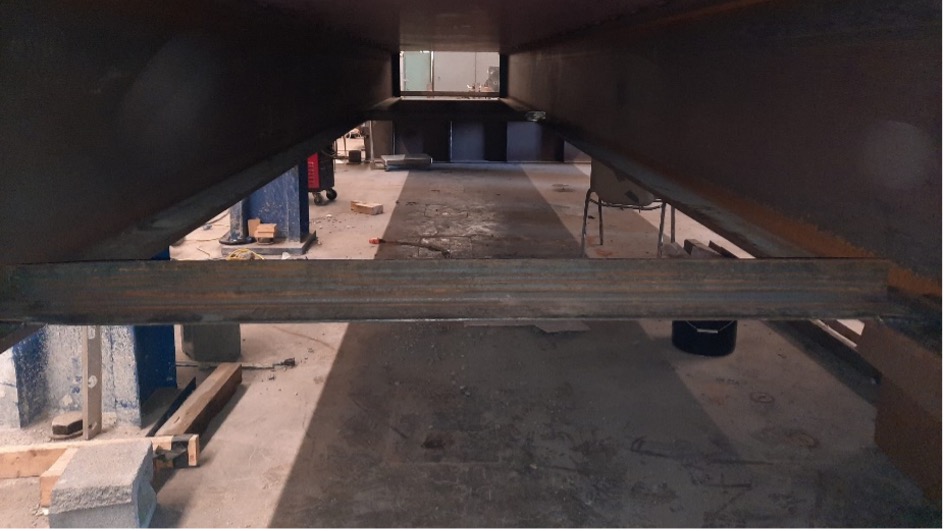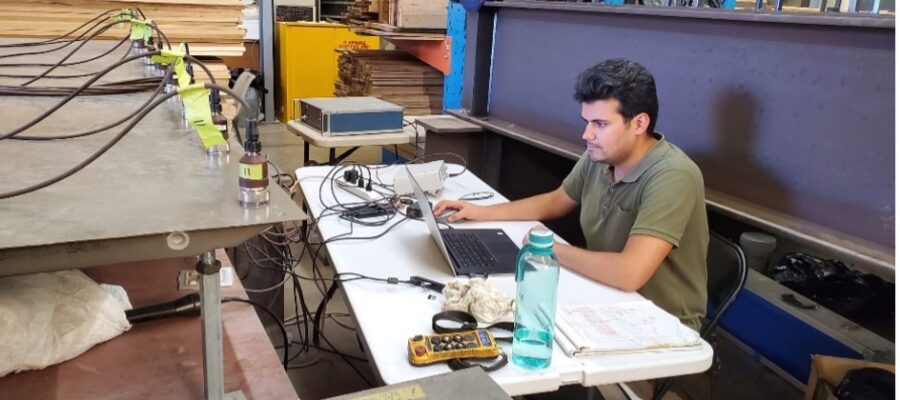Current work on the FastFloor project focuses on comprehensive prototype testing and performance evaluation. The West Virginia University (WVU) team, led by Dr. Onur Avci, with graduate research assistant Sahabeddin Rifai, is at the forefront of this effort, conducting a series of vibration tests to assess the dynamic characteristics of various floor configurations. One key aspect under investigation is the vibration acceptability of these floor specimens when subjected to random and metronome-guided walking frequencies.
A significant improvement in the FastFloor system is the introduction of angle blocking to the bottom beam flanges. This modification is designed to control the torsional movement of beams and reduce peak accelerations, thereby improving the vibration performance of the floors. The WVU team is rigorously testing these configurations, with results being compared against the predictions from AISC Design Guide 11, which provides guidelines for vibrations in steel-framed structures due to human activity.


